
Burn is not just a wound for heat. There are three methods in which a person can get burns. First cause is thermal, that is, burns from extreme hot or cold, second are chemical burns (such as burns from acid) and radiant burns (sunburn, x-rays or artificial ultraviolet rays). All these burns damage skin and are treated in a similar way.
The old school way of classifying burns divides them into three different degrees (first, second and third degree). However, nowadays doctors call burns either partial thickness or full thickness burn, according to whether they extend through the whole dermis (skin) or not. First degree type of burns can heal well and are not difficult to care for while in the second degree type the skin is more reddened and blisterly. In third degree type burns, the skin so destroyed that it will not come back (deep scaring is developed instead).
Almost all burns are accidental. Some of them might be taken care of at home. However one should never self-treat a full thickness burn, no matter whether big or small, since there is a risk of infection.
The most typical and the easiest to get are sun burns. If redness, slight swelling, mild pain appears it is easy and safe to treat it at home. If one has blisters both home treat and visit to a doctor is recommended. The easiest way to treat burns is prevention. One should only briefly expose themselves to the Sun and wear appropriate sun blocks. It is extremely important for children to wear at least 30 SPF sun block and to stay in shade. If one however does get burns from the sun they should drink a lot of fluid, apply cold water pads on the burn, put a mashed tomato and ice on the wound, and put on a sandalwood paste or apply an olive oil on it.
If one gets electrical, steam or inhalation burn, even though mild symptoms appear, one must visit their doctor immediately.
The first aid treatment for both thermal and chemical burns is removing all chemicals and hot substances and placing the affected skin in cold water (ice should be avoided). This will stop the progress of the burn.
The xext step is relief of pain and healing without scarring and infection. If a burn is mild, one can apply an OTC pain reliever and a skin protectant moisturizer for a few days. Topical anesthetics can also be helpful.
If blisters appear the safest is to visit one’s doctor. It is important not to touch a blister because the skin under it is healing. One can protect it with sterile white petrolatum, petrolatum jelly and light gauze (it should be wrapped to protect it).
When a blister bursts petrolatum gauze can be used for protection. Dry gauze can be placed on top of it. Rolled gauze wrap can be placed to hold everything in place. This dressing can be changed daily and washed carefully with an anti-bacterial soap. After a week or so the new skin will appear. It is very important to protect it. One may still chose to wear a single layer of gauze wrap. One can also try anti-inflammatory medication to help get rid of pain and redness.
The most important for all burns is to notice if there are any signs of infection (swelling, pain, fever, spreading or enlarging redness) which is then a reason to visit one’s doctor. Yellowish or light green discharge is no reason to worry since this is body’s natural reaction to a burn.


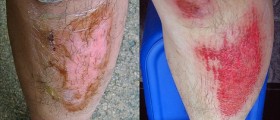
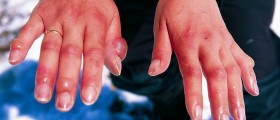
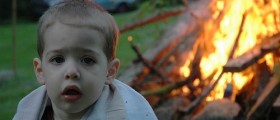
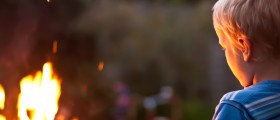
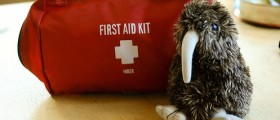

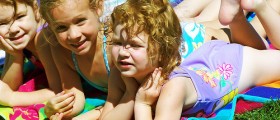
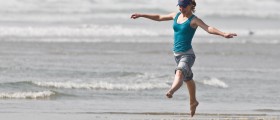
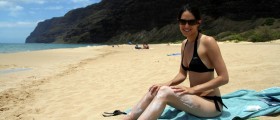
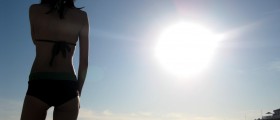
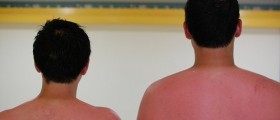


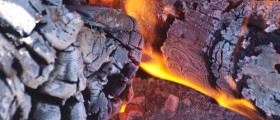
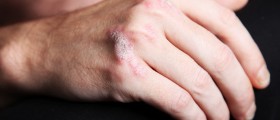
Your thoughts on this
Loading...